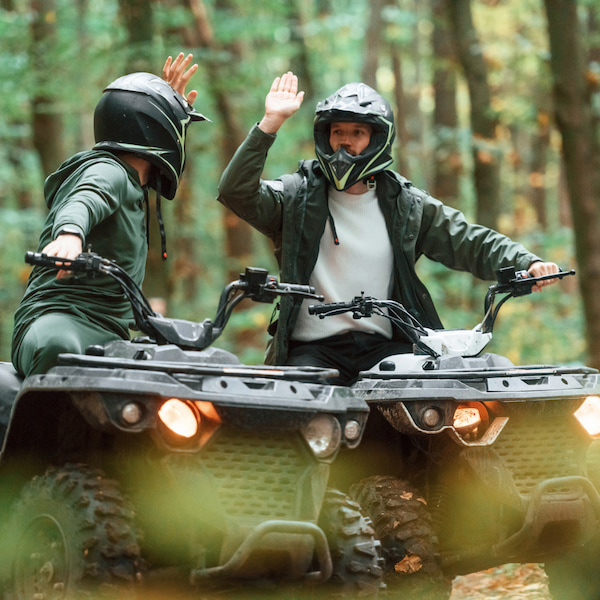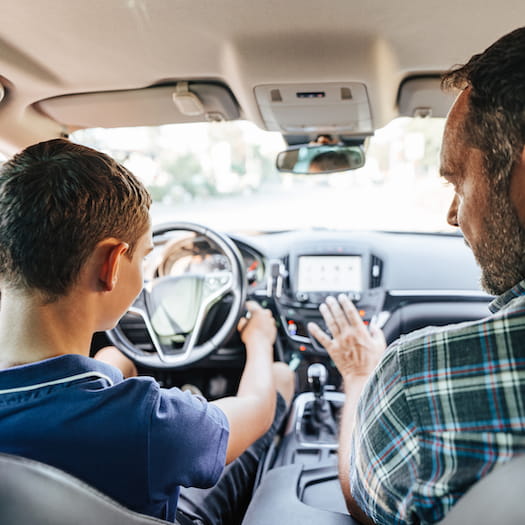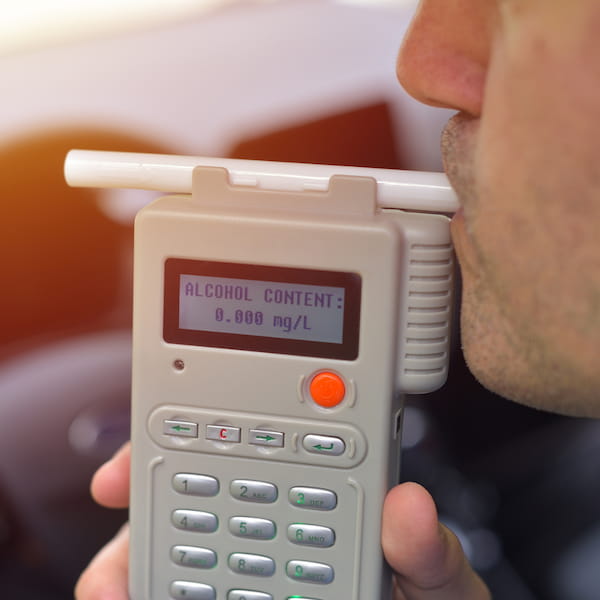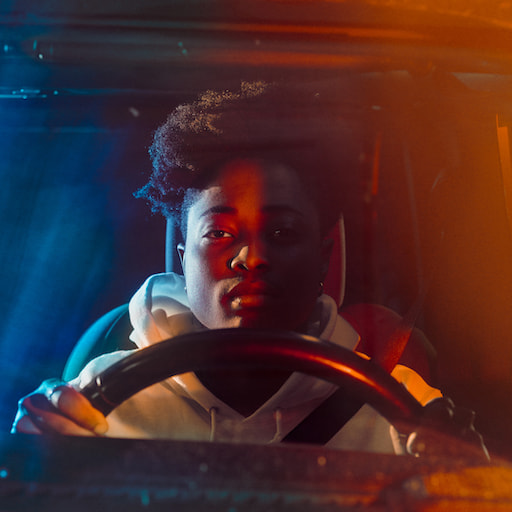CHANGE IN A
CHANGE IN A
SPLIT
SECOND

The good news:
90% of injuries are preventable
Talk to your loved ones about the role of impairing substances and other risky behaviours that contribute to preventable deaths on our roads and trails. Help them live life to the fullest without sacrificing safety.
Champion safety in your community
Empower your loved ones to make the right decisions by sharing these tips for safe and responsible adventures.
Conversation starters
Start a discussion with your youth or young adult about impaired driving with these conversation starters:
- “Have you ever thought about what you’d do if you’re in a situation where the driver isn’t safe to drive?”
- “If you’re ever in a situation where the person responsible for driving has been drinking or using drugs, I want you to know you can call me anytime, no questions asked and I’ll come pick you up.”
- “I want to make sure you always have a safe way to get home. Can we come up with a plan together for what to do in different situations?”
- “Do you know about the legal outcomes of driving under the influence? Let’s discuss them together.”


Lead by example
Young drivers often mirror the driving habits of the adults in their lives — good and bad. Teens who come from a family with a rule against drinking and driving are 10 times less likely to report doing so.
- Practice safe driving habits in front of your youth and young adults.
- Encourage open communication about distracted driving, impaired driving and road & trail safety.
- Work together with your teen to establish clear guidelines and expectations for safe driving.
- Consider creating a driving agreement that fosters responsibility and trust.
The Mellanby effect
Why you feel sober (when you aren’t)
The Mellanby effect describes how a person’s perceived level of alcohol impairment varies at identical blood alcohol concentration (BAC) levels, depending on whether their BAC is rising or falling.
How it works
- When a person’s BAC is rising (during alcohol consumption), they tend to feel more intoxicated and impaired.
- When a person’s BAC is falling (after they’ve stopped drinking), they tend to feel more sober — even when their BAC level is the same as the person still consuming alcohol.
Why it’s important
The Mellanby effect can trick you into feeling more sober than you actually are. This can lead to poor decision-making, especially when it comes to driving. It’s crucial to rely on objective measures like time passed or BAC tests rather than how you’re feeling when deciding if you’re fit to drive after drinking.


Impaired driving
Motor vehicle crashes are the leading cause of death for 16-25-year-olds — 55% of the time alcohol and drugs are involved. No matter how you feel, don’t get behind the wheel after drinking or using drugs. Protect yourself and others.
Tips to stay safe
- Have a plan for how you’ll get home safe. Share your plan with a guardian, friend or family member.
- Spend the night at a trusted friend’s house. You can drive home once you’re sober.
- Call a sober friend, parent or taxi to drive you home.
Off-road vehicle driving
ATVs and snowmobiles are fun for adventuring on trails, but safety is key. Across Canada, 85% of ATV-related deaths occur among males. Whether you’re a seasoned rider or just starting out, having the right safety knowledge is essential before hitting the trail.
Tips to stay safe
- Never drive under the influence of drugs or alcohol.
- Always wear protective gear (properly fitted helmet, eye protection, gloves, long-sleeved shirt and pants, etc.).
- Keep an eye on your speed to ensure that you stay in control of your vehicle.
- Stick to riding on designated trails and avoid highways, main roadways and dangerous terrain.
Distracted driving
While quickly checking a text or searching for a song might not seem like a big deal, taking your eyes off the road for just 5 seconds at 90 km/h is like driving the length of a football field with your eyes closed. Keep your eyes on the road.
Tips to stay safe
- Map out your route before you leave or use voice-activated tools.
- Set your phone to do not disturb and set up a reply message to let people know you’re driving.
- If you need to use your phone, pull into a safe location like a parking lot to answer texts, phone calls, update your GPS, etc.
If you’re a passenger, offer to handle the phone for the vehicle driver.
Trauma NB is proud to host this important campaign with support from Public Safety Canada
As the provincial lead agency for injury prevention across New Brunswick, Trauma NB provides leadership and coordination of clinical care, education and research related to serious and critical injuries in the province.
